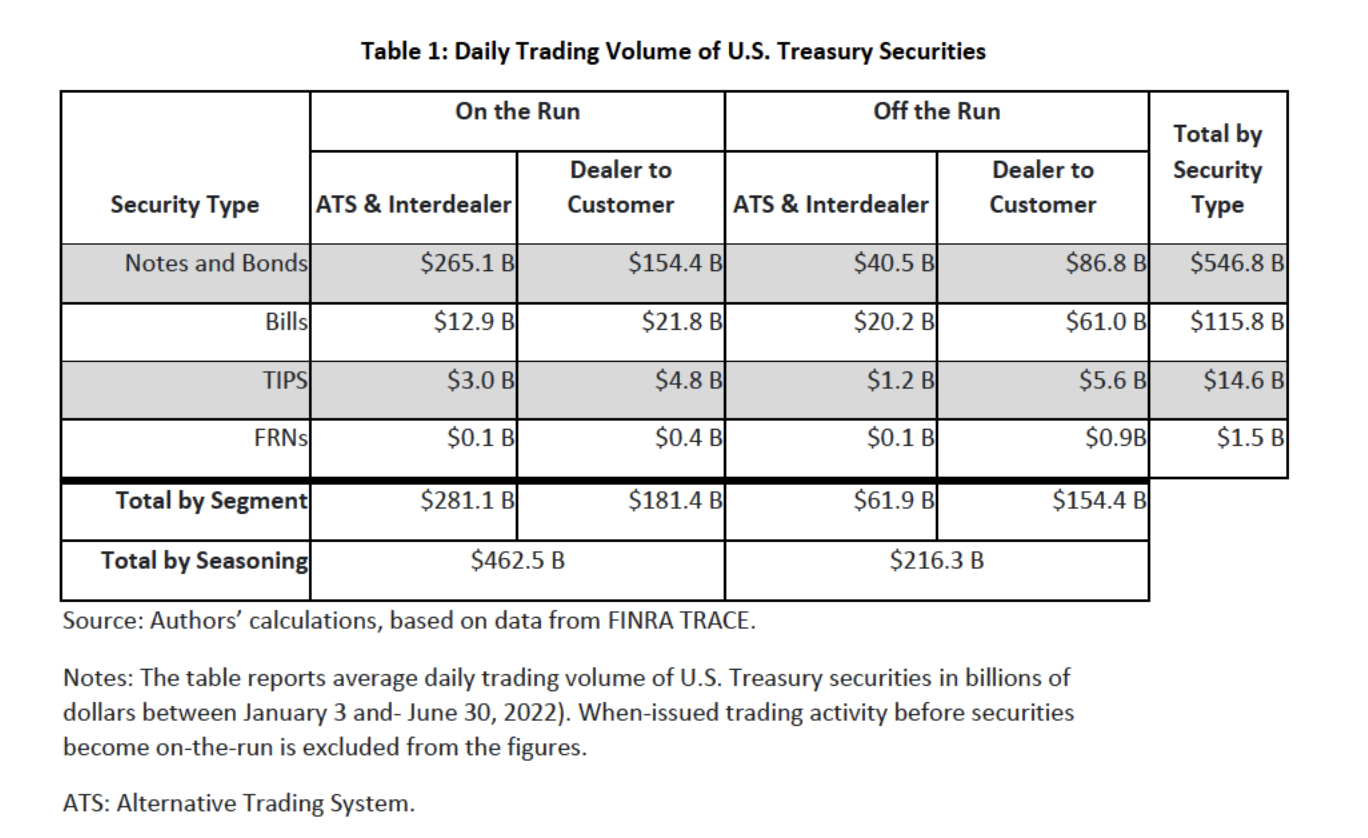Cash Treasury Trading in the Age of AI
The US Treasury market has long been renowned for its depth and liquidity, serving as a crucial pillar of the financial system. However, recent disruptions have exposed the need for modernization and increased efficiency. In the era of artificial intelligence, cash treasury trading presents a unique opportunity to integrate new technologies, enhance trading methodologies and meet the growing demands of a rapidly evolving market.
The rise of artificial intelligence and machine learning is reshaping financial markets, including the more complex fixed-income landscape. The advancements we now see enable more efficient trade execution, risk management, and data analysis, leading to improved decision-making and operational efficiency. Recognizing the need for progress, Quantitative Brokers (QB) has been at the forefront, modernizing fixed-income trading with broker-neutral algorithms for best execution across various markets, including cash treasuries for over a decade. Yet, we believe that this is just the beginning.
Electronic trading already offers improved efficiencies in fixed income. It continues gaining momentum in the cash treasury markets, offering benefits such as increased transparency, expanded liquidity access, and tighter spreads. According to a recent research study by Greenwich Coalition, roughly two-thirds of U.S. Treasury trading was traded electronically in 2022. In other words, over $400 billion of Treasury securities trade electronically on any given day, according to the paper by the Federal Reserve Bank of New York. However, some of the initial concerns about greater visibility and access still remain. Most solutions in the market need to be more focused on solving this. As a trader, it is still crucial to strike a balance between electronic trading and maintaining relationships with traditional market participants to ensure a seamless transition and continued market stability.
Solutions are being proposed by The Federal Reserve Bank of NY, which recently suggested introducing "all-to-all" trading to enhance access and innovation in US Cash Treasuries. This approach allows market participants to engage directly in transactions, regardless of trading venues. While this presents promising opportunities for market resilience, liquidity improvement, and fairer pricing, challenges such as market fragmentation, regulatory considerations, and technological infrastructure still need to be addressed for widespread adoption. This solution could also take many years to adopt and fundamentally change the microstructure of the cash markets.
Source: Federal Reserve Bank of New York
That is why we believe complex problems demand modern solutions. Neutral vendors such as Quantitative Brokers play a crucial role in aggregating liquidity in a fragmented market. By connecting to all venues, central limit order books (CLOBs), and private streams, QB has built solutions that address the specific needs of market participants. QB’s SOR minimizes market impact and improves execution quality when combined with the Algo Suite. Together they optimize for the best execution of treasuries and leverage all available liquidity sources.
Driving change in the treasury market is a significant responsibility. Ensuring the presence of all relevant market makers and managing flow toxicity is vital. Quantitative Brokers access the required venues and adapt to future changes, such as the potential adoption of all-to-all trading. Our technology solutions enable participants to navigate the market effectively, leveraging AI-powered technologies to optimize execution and achieve workflow efficiencies.
Given the fragmentation in the cash treasury market, venue selection for execution is critical. We want to look for the size, price, and toxicity, typically measured by the post-trade adverse selection. While AI is a generic and broad category, there are specific deep-learning algorithms that effectively tackle cross-venue impact and toxicity. The real-time implementation of these algorithms can be challenging, but one still gets a huge advantage in using machine learning algorithms for post-trade fills, leading to real-time changes.
There are also improvements in the liquidity of the cash treasury markets on account of macro changes. Post the 2008 financial crisis and a decade of low-interest rates, cash treasury is more in demand than ever, especially given the recent fallout of equity markets. The higher demand in cash treasury will result in more competition, necessitating better AI models with superior technological infrastructure.
The US cash treasury market stands on the cusp of transformation in the age of AI. Leveraging intelligent solutions, liquidity profiling, optimized order placement, and smart order routing can revolutionize fragmented markets. By adopting AI-powered technologies, such as smart order routers and algorithmic trading, market participants can enhance efficiency, navigate complexities, and achieve optimal execution in cash treasury trading.
Cash treasury traders can embrace the potential for improvements as the financial landscape evolves. By leveraging technological advancements and intelligent solutions, the market can overcome challenges, improve liquidity access, and optimize execution quality. Quantitative Brokers is focused on innovation and efficiency, using QB’s SOR and the Algo Suite to empower market participants to thrive in the age of AI.
Quantitative Brokers
May 2022
New York, NY


